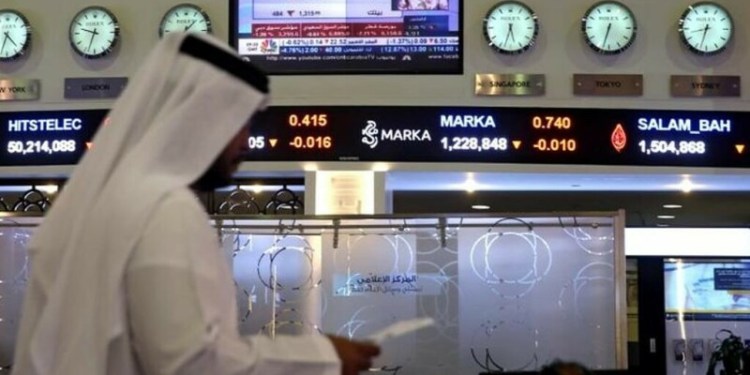LONDON: Yields on long-term German bonds fell to two-month lows on Wednesday, part of a global trend of flattening curves that suggests investors have doubts over the long-term path of inflation and may even be starting to price the next slowdown.
The dynamics driving European and U.S. bond markets – where the yield curve is its flattest in a decade – differ because of the varying degrees of monetary accommodation.
But investors on both sides of the Atlantic are focused on potential future price growth.
With the European Central Bank extending its asset purchase programme last month, and pledging to keep rates at record lows until well after that scheme ends, analysts say long-term yields are falling faster as investors hunt for returns.
Market measures of long-term inflation expectations in the bloc have risen in recent months, but remain well below the ECB’s near 2-percent target, giving funds confidence that this will not materially erode the value of those investments.
In the United States, uncertainty about the passage of a Republican-sponsored bill to cut taxes has also hauled down inflation expectations and long-term yields while upcoming rate increases are pushing short-term yields higher.
This trend has prompted some talk of when the current tightening cycle will eventually start to slow the world’s largest economy.
Since the U.S. Federal Reserve began raising rates in 2015, the difference between long and short-term yields has shrunk – known as curve flattening – to levels not seen since before the 2008 financial crisis.
“Clearly investors are not buying into the reflation story,” Mizuho’s rates strategist Antoine Bouvet said. “If you take central banks globally, you would say they are still in easing mode but there is most likely a recession in the next 10 years.”
German 30-year yields fell 2 basis points on Wednesday to a two-month low of 1.14 percent, 10-year yields fell 1 bps also to a two-month low of 0.32 percent, and two-year yields were flat at minus 0.76 percent.
At 109 basis points, the spread between the two- and 10-year yields was the tightest it has been in around two months.
That came after U.S. 30-year yields on Tuesday dropped to a six-week low, and 10-year yields fell to a three-week.
At 67 basis points, the spread between U.S. two- and the 10-year yields was the tightest since November 2007.
In a further sign of anxiety over how yield curve flattening might impact profitability from bank lending, financial stocks in Wall Street and Europe have underperformed.
Source: Brecorder.com



























